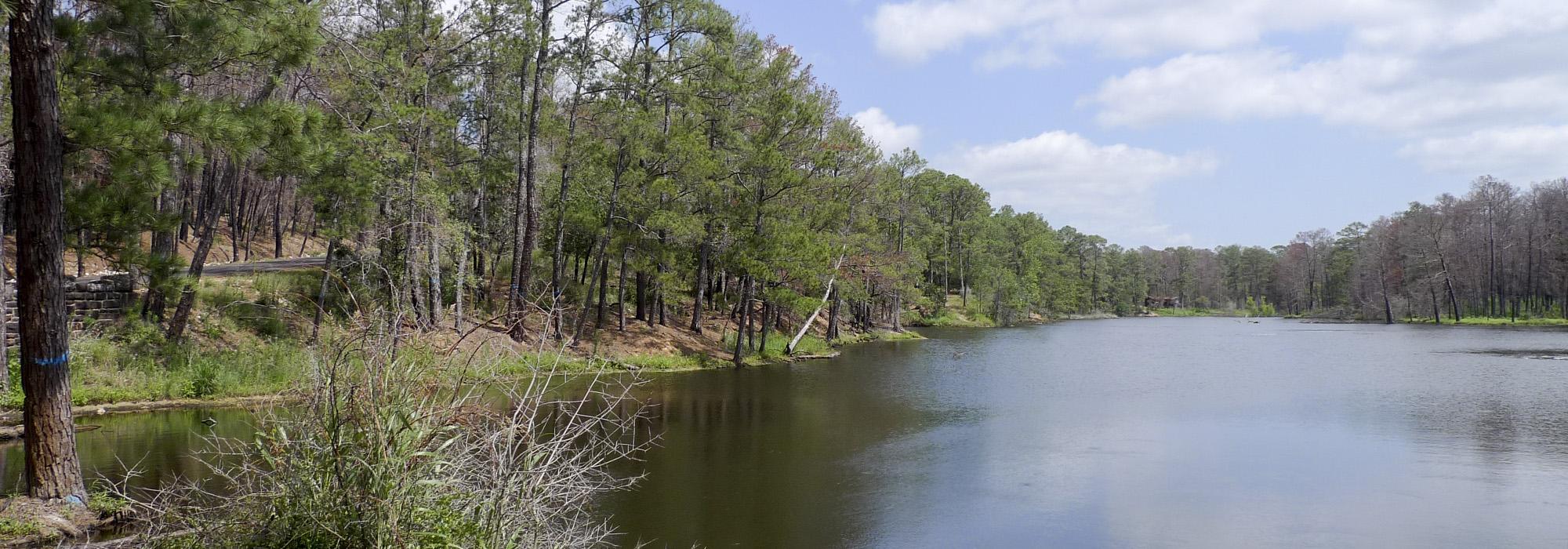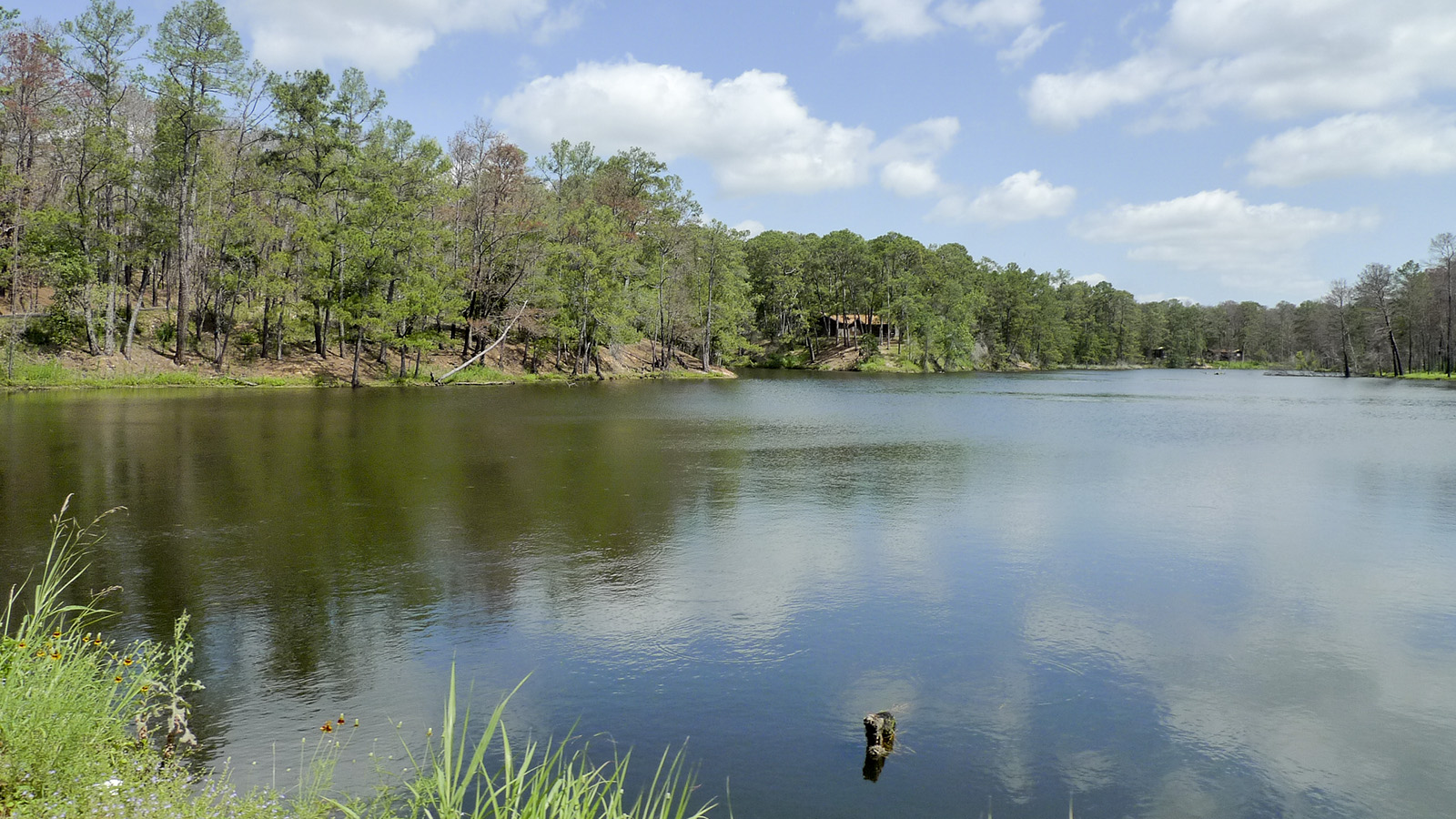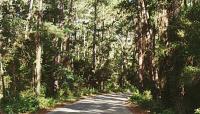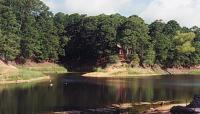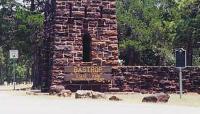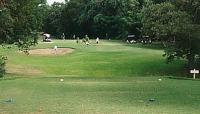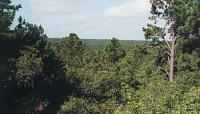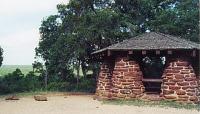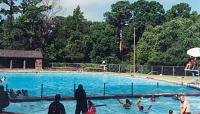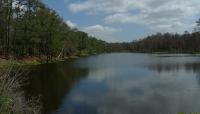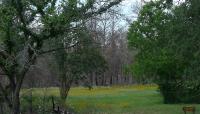Landscape Information
Located thirty miles southeast of Austin, the park is almost 6000 acres. Between 1933 and 1935 work began on the first 2054 acres by the Civilian Conservation Corps (CCC) under regional director Herbert Maier, with architect Arthur Fehr and landscape architect Norfleet Giddings Bone. The design includes a loop drive, extensive trails, group camp grounds, and private cabins, as well as a large refectory, swimming pool, and bath house located near the main entrance. Also within the grounds is the Lost Pines Golf Club, designed by Leo Howard as an nine-hole course, now extended to eighteen. While most of the park construction was done by the CCC, the pool and refectory were overseen by the Works Progress Administration. Additional land was added to the park in 1979.
The park is best known for its “Lost Pines,” a colony of loblolly pines isolated from the main colony nearly 100 miles away in East Texas. The CCC’s plan protected the pines, detailing a single entrance and unobtrusive roads to access cabins, utilities, or recreation and responding to distinctive topography, high bluffs and waterways. Fehr designed the buildings utilizing thick local stone which was also used for landscape features, including dams and fences. The park was a model for future CCC projects throughout the nation and in Texas; it was designated a National Historic Landmark in 1997.
In 2011 all but 100 acres of Bastrop State Park’s pine forest burned and three historic buildings were destroyed in massive state-wide fires.



